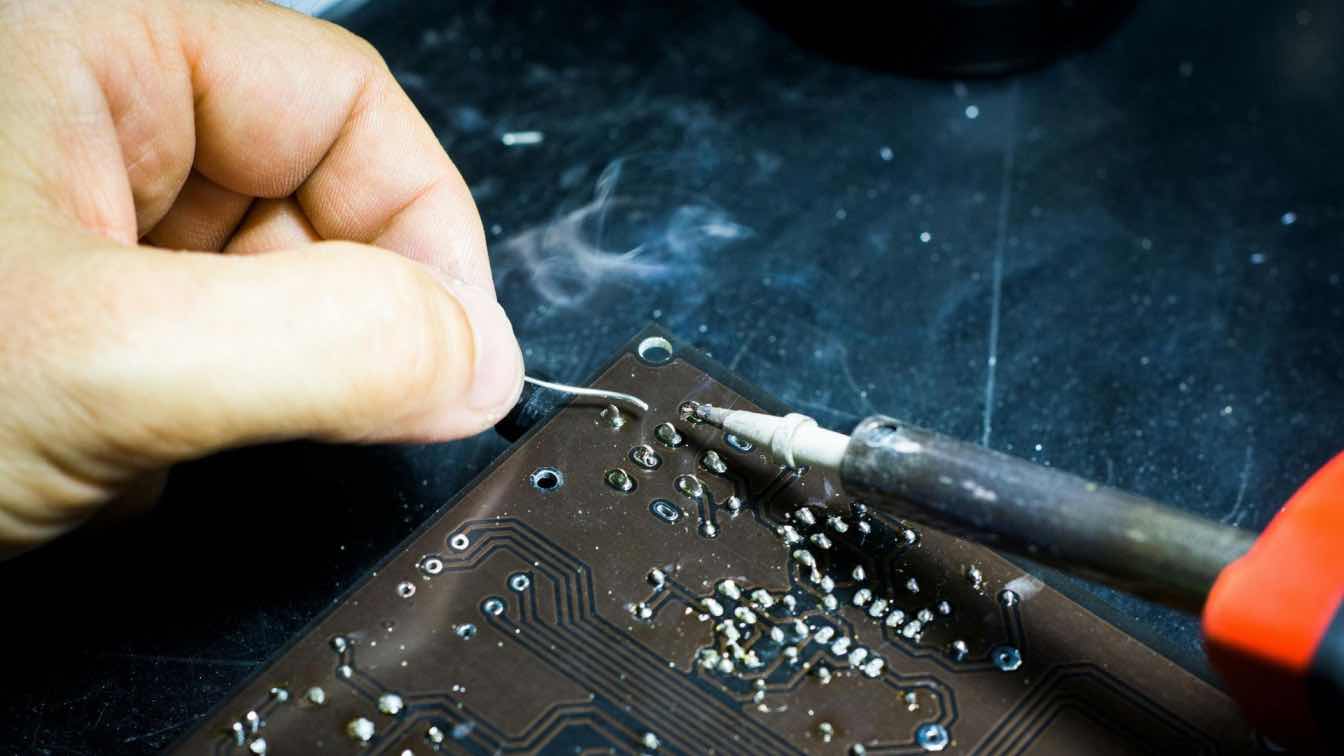Indoor air quality is a crucial aspect of our overall well-being, yet it often goes unnoticed. The air we breathe inside our homes can have a significant impact on our health, comfort, and productivity. With the majority of our time spent indoors, ensuring good indoor air quality is essential. Fortunately, there are various practical steps you can take to enhance the air quality in your house, including these approaches that can help you breathe easier and create a healthier living environment for you and your loved ones.
Identify and Eliminate Sources of Pollution:
The first step towards improving indoor air quality is to identify and eliminate potential sources of pollution within your home. These sources can range from household cleaning products and paints to pet dander and tobacco smoke. Regularly inspect your living space for any signs of mold, mildew, or leaks, as these can contribute to poor air quality. When it comes to ensuring optimal indoor air quality, regular maintenance of your HVAC systems, preferably with the help of K & S Heating & Air, is essential. Replace or repair any water-damaged materials promptly to prevent the growth of mold. Additionally, opt for low-VOC (volatile organic compounds) or VOC-free paints and cleaning products to reduce the release of harmful chemicals into the air.
Enhance Ventilation
Proper ventilation plays a crucial role in maintaining good indoor air quality. Ensure that your home has adequate ventilation systems, such as exhaust fans in kitchens and bathrooms, to expel pollutants and moisture. Opening windows and doors when weather permits can also help in bringing in fresh outdoor air and improving circulation. Consider using air purifiers with HEPA filters to capture particles like dust, pollen, and pet dander, effectively improving the overall air quality in your home.
Regular Cleaning and Maintenance
Maintaining a clean and clutter-free living space goes a long way in improving indoor air quality. Dust and vacuum your home regularly using HEPA-filtered equipment to capture airborne particles effectively. Don't forget to clean or replace air filters in your heating, ventilation, and air conditioning (HVAC) systems according to manufacturer recommendations. Neglecting this task can lead to the recirculation of dust and allergens throughout your home. Additionally, clean bedding, drapes, and carpets frequently to minimize the accumulation of dust mites and other allergens.
Introduce Air-Purifying Plants
Certain indoor plants are known for their air-purifying qualities, making them a natural and aesthetically pleasing way to enhance indoor air quality. Plants like the snake plant, spider plant, and peace lily can help filter out pollutants and increase oxygen levels indoors. However, be mindful of any allergies you or your family members might have to specific plants before introducing them into your home.
Control Humidity Levels
Maintaining the right humidity levels in your home is crucial for improving indoor air quality. High humidity can create an ideal environment for mold and dust mites to thrive, while low humidity can lead to dry and irritated respiratory passages. To control humidity, consider using a dehumidifier in damp areas like basements and bathrooms. Using exhaust fans during and after showers can also help reduce moisture buildup. In drier climates, a humidifier can add moisture to the air, preventing issues like dry skin and respiratory discomfort.
Avoid Synthetic Fragrances
While air fresheners, scented candles, and synthetic fragrances might make your home smell pleasant, they can release a cocktail of harmful chemicals into the air. These chemicals, known as phthalates, can contribute to indoor air pollution and adversely affect your health. Instead of using synthetic fragrances, opt for natural alternatives like essential oils or simply keep your living space well-ventilated to allow fresh air to circulate and replace any lingering odors.
Keep Pets Clean and Groomed
If you have furry friends, keeping them clean and well-groomed can significantly impact indoor air quality. Pet dander, hair, and saliva can be potent allergens and contribute to poor air quality. Regularly brush and bathe your pets to minimize shedding and dander. Designate pet-free zones, especially in bedrooms, to reduce the concentration of allergens in sleeping areas. Additionally, washing your pet's bedding frequently can help control the spread of allergens and improve the overall cleanliness of your home.
Prioritizing the improvement of indoor air quality is a proactive approach to safeguarding the health and comfort of your household. By adopting a strategy that includes identifying pollution sources, enhancing ventilation, regular cleaning and maintenance, introducing air-purifying plants, controlling humidity, and avoiding synthetic fragrances, you can create an environment that nurtures well-being. Remember, the air you breathe indoors has a direct impact on your respiratory health, allergies, and overall quality of life. Following these practical steps will help you start creating a healthier, more refreshing home for you and your loved ones.





